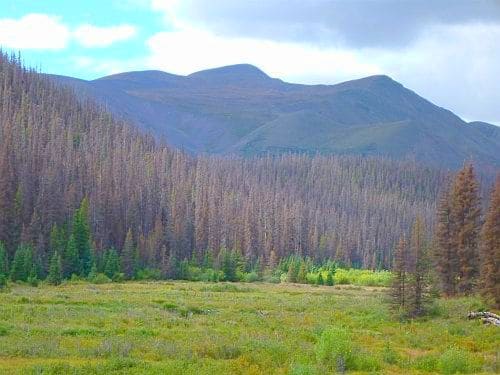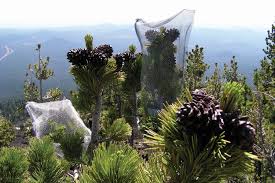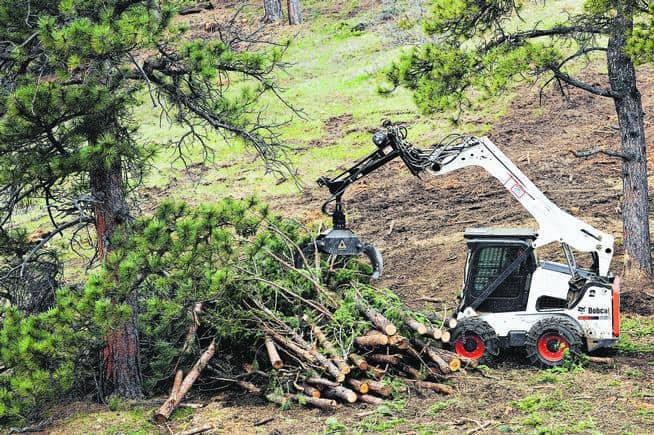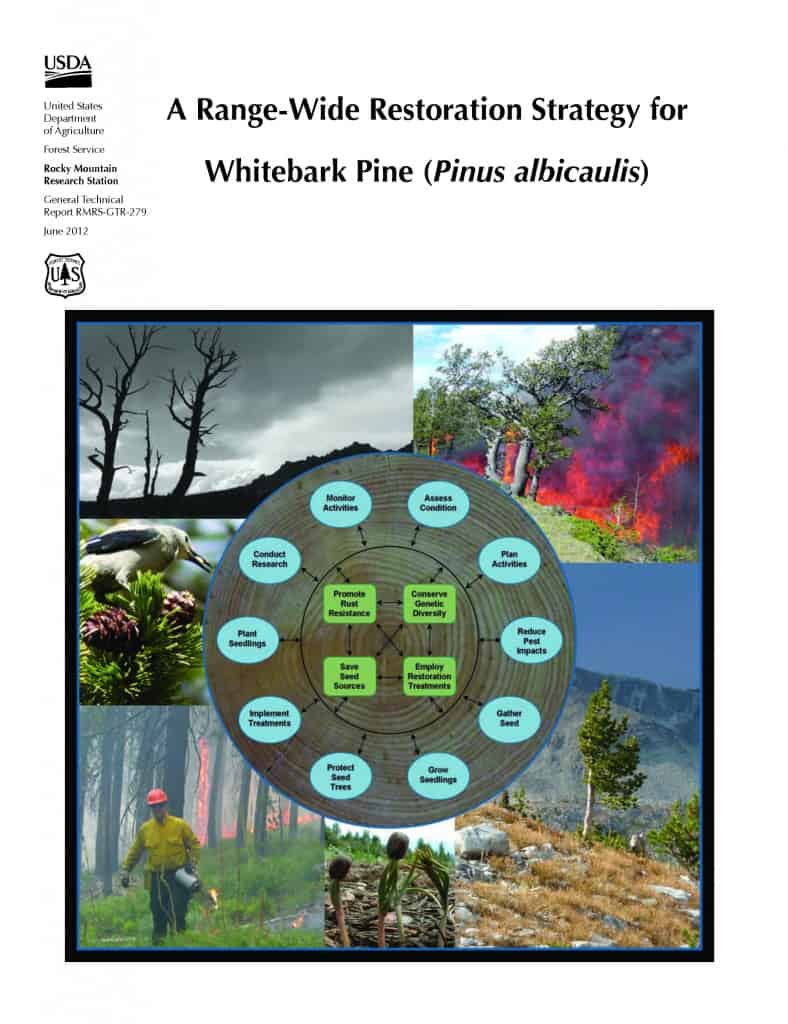
The weather these last couple of days has made me tornado-sensitive, and I ran across this story from the Insurance Journal (through a link from Forest Business Network). Here’s the link and below are some excerpts. Note Robert Bonnie’s statement at the end.
Bob Falk is frugal and a realist.
The research engineer at Forest Products Laboratory in Madison, Wis. could have used expensive lumber, pricey nails and high-grade plywood in his tests to create an almost impenetrable tornado shelter made of wood. But that would have missed the point.
That’s why Falk and his team of engineers have been using an air cannon to fire, at 100 mph, 12-foot long, 15-pound southern pine 2-by-4s into specially designed walls made of some of the cheapest wood available.
The cannon mimics the forces of an F5 tornado with 250-mph winds. The lumber used to make the walls of the shelter is of such low quality, Falk had to specially order it because he couldn’t find it at area lumber yards or hardware stores.
“This is quite a resilient design,” Falk said after a test shot. “All we’re trying to do is absorb the energy.”
stormThe goal is to create an economical wood-based shelter that can be easily constructed in a basement or garage by anyone halfway skilled with a hammer and saw. The process for making a tornado safe room could be similar to that of building a storage shed that comes in a kit.
“You buy the lumber, you take it home, you put it together,” Falk told the Wisconsin State Journal. “And that’s an important aspect. Most safe rooms you can only put into new (homes).”
And the cost can be prohibitive for many. A basic safe room can easily cost between $6,000 and $15,000. Some are designed to be installed under the concrete slab of a garage while others are buried in a backyard. Exterior safe rooms, whether above or below ground, also pose a threat because users must go outside to access the shelter, Falk said.
The Forest Products Laboratory design costs between $3,000 and $4,000, can be bolted to the concrete floor of a basement or garage and consists of interlocking layers of low-grade board covered on the interior and exterior with plywood. The shelter has a steel door, which contributes about $1,500 to the cost, but Falk is working on plans for a wood door to further reduce the cost.
“The (low price) is another incentive for people to put one in their home,” Falk said. “It’s about the cost of a hot tub.”
Spring and summer in the Midwest and the South means tornado season. Last year, more than 30 people were killed in Oklahoma from a series of tornadoes. This year, 35 people have died, primarily in the South, from 74 confirmed tornadoes, including 15 in Arkansas.
Wisconsin is yet to experience a tornado this year, but in 2013 there were 16 documented tornadoes, resulting in no deaths and two injuries, according to the National Weather Service. The 30-year normal for the state is 23 tornadoes a year. Since 1844, the weather service reports that 511 people have been killed in Wisconsin tornadoes.
The state’s worst was in 1899 when 117 people died and 125 were injured in St. Croix County. But more people remember the F5 tornado that killed 9 people, injured 200 and caused $40 million in damage to the Iowa County village of Barneveld on June 8, 1984. The Stoughton tornado, in 2005, killed one person, sent three to the hospital and caused more than $45 million in damage to the city and surrounding towns.
Almost 15 months after the devastating storm, the town of Dunn in 2009 opened a $650,000 shelter with poured concrete tilt-up walls in the Bayview Heights neighborhood, home to 227 mobile homes. The above-ground shelter can hold 500 people and is also used as an emergency warming and cooling shelter and during severe thunderstorm warnings with high wind.
During the 2005 tornado, some residents drove into the storm in an attempt to reach the Stoughton Fire Department for shelter while others took refuge in nearby culverts.
“It’s taken 227 homes that were missing that one basic, very necessary safety feature and made them more safe,” said Cathy Hasslinger, the town’s clerk and treasurer. “The rural location there really made a shelter important.”
Falk’s design and research, which includes filming the tests with a high-speed camera, could have a similar impact. Demand is overwhelming the capacity of storm shelter builders in Oklahoma, The Associated Press reported. An affordable do-it-yourself model can only be a positive, said Robert Bonnie, U.S. Department of Agriculture’s undersecretary for natural resources and environment.
Bonnie was in Madison recently to tour the laboratory and watch Falk fire his cannon. Bonnie grew up on a farm outside of Louisville, Kentucky, and remembers cowering in the basement during one particularly bad storm in 1973 when he was 6 years old.
“For a long time I was actually pretty nervous about storms because of that,” Bonnie said. “This (FPL research) is critically important, not only for the direct use of providing safe shelters for people in tornadoes, but also, we need a vibrant wood products industry.”
This should be the link to some videos of the technology in Dropbox (if you like splinters, you’ll love this video) If you try it and it doesn’t work, let me know!
Also here’s some more information.


 here.
here.
